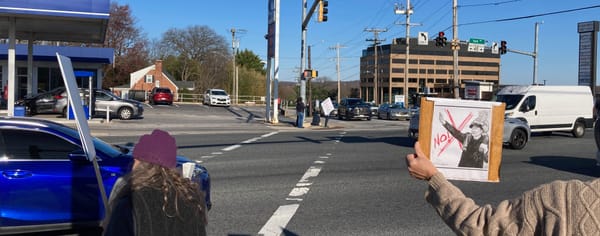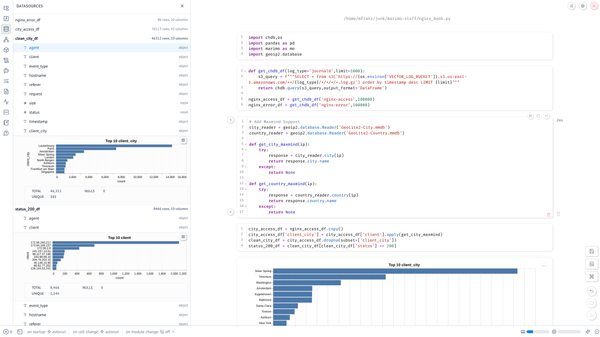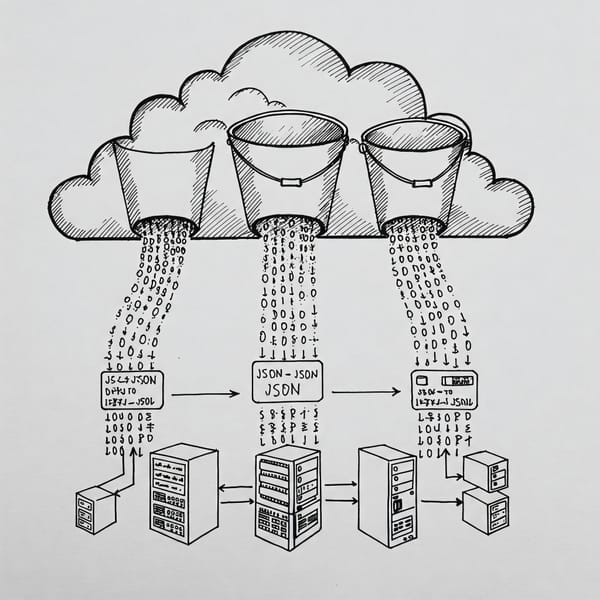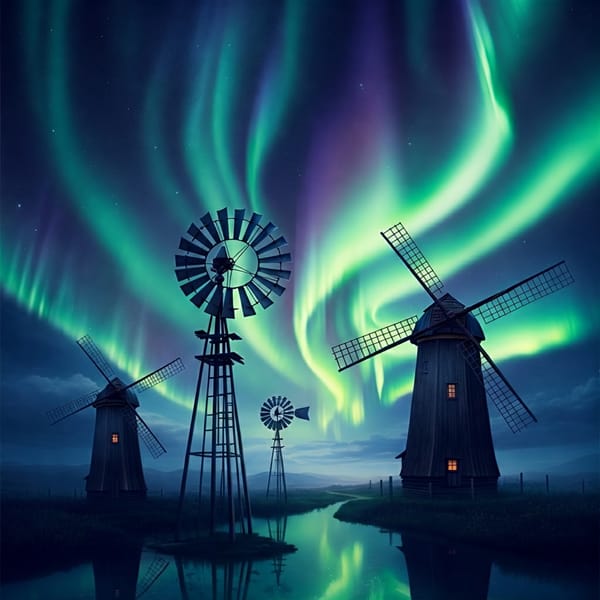Early Fall 2023 Reading List
A catfish from the Bush River, caught a few weeks ago!
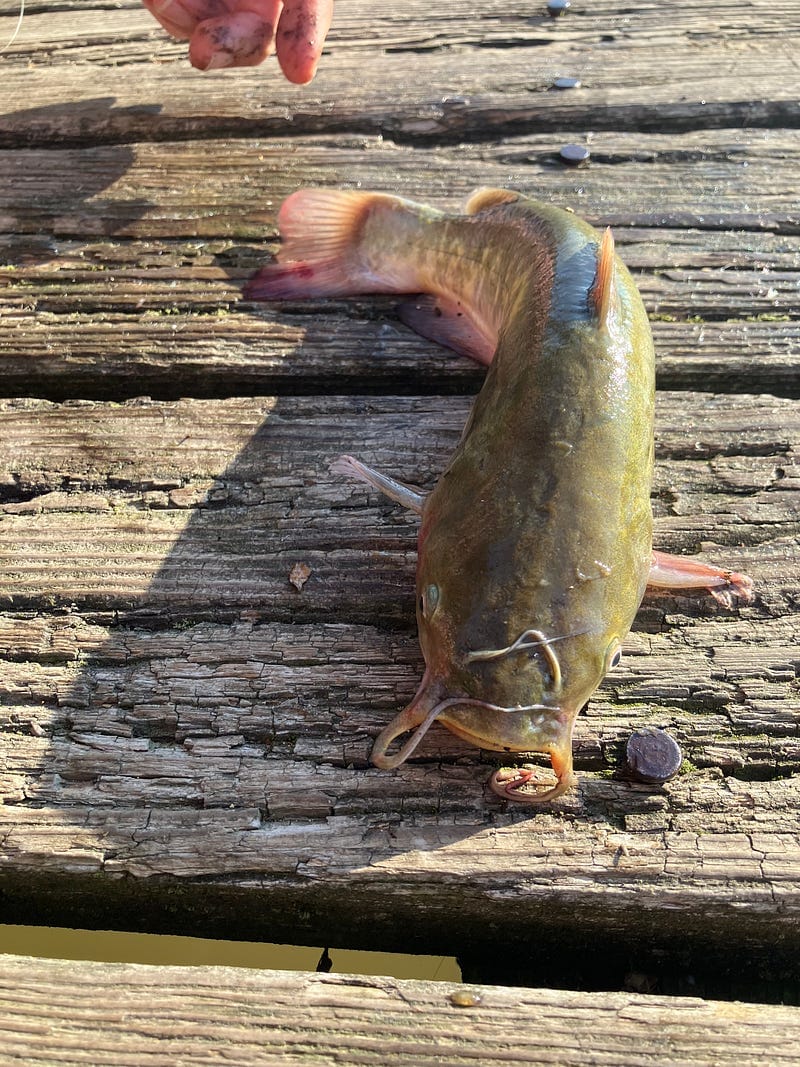
Another Fall
This is the first week of Fall in Maryland with temperatures down into the 50s for the first time since the Spring. It is COVID booster time again. I’ve got another Moderna scheduled tomorrow. The leaves are beginning to fall again, aided by the hail and rain — which caused a 12-hour power outage a few weeks ago.
My wife and I masked in church today. We were the only ones. I still mask in the gym, whether it makes a difference or not. I don’t want to lose the habit should we get a really bad variant again.
My daughter is off to a good start in her second year at college. I’ve been fishing in the Bush river with my son and actually catching fish (perch, catfish, and even an eel) in the waters I last fished in 1984.
My eyes are on Europe as I prepare for the trip I booked in July and look forward to two weeks of PTO and a week on the continent.
I’ve got my rental car booked and nights reserved in Reims, Bastogne, Aachen, Arnhem, and Liege. We’ll see how bad my lack of French and whether I make an attempt to pick up a few phrases.
During the day, my focus is on navigating the 5th M&A I’ve been through in 25 years in tech and the inevitable changes. But every free moment, I’m immersed in the events 79 (and 105) years ago in France, Belgium, Germany, and Holland where I will be going next month.
In September 1918, the tide was beginning to turn after multiple failed German offensives northeast of Paris, the newly arriving Yanks (whether Marines or Dogfaces, although I’m not sure they had that nickname yet) making all the different materially and psychologically to the weary Europeans. Belleau Wood (Bois de Belleau) and Château-Thierry would bring the USMC into the modern age of war — as well as their tendency to sustain high casualties that would be repeated in Pacific in the next World War. The initial 4 divisions (including the “Big Red One”) in the AEP would suffer comparably.
(I will visit these sites and Verdun and probably the Argonne. Museams, cemetaries, cathederals, and rivers. The jury is out whether I see the movie sites of Paris.)
26 years later the situation was fundamentally different as the Allies struggled to sustain the post D-Day Breakout in France and Belgium, but the percentage of causalities would be the same in “the Death Factory” (what the Hurtgen Forest was called) and along the “Hell’s Highway” and in Arnhem — the plight of the 1st British Airborne Division dramatized in the 1977 adaptation of Cornelius Ryan’s A Bridge Too Far.
September 1944 was full of gambles and poorly executed plans done “on the cheap” given the logistical challenges. The spectacular failure of Market Garden in the North. Hurtgen Forest, Aachen, and Metz further south. Well-intentioned, overly optimistic leaders acting with incomplete data sets making decisions that would lead to disasters and unforeseen consequences and needless toil for those just following orders. Sounds familiar.
But never short on heroics. Those on the ground do what they can, while they still can.
History
- A Dark and Bloody Ground: The Hurtgen Forest and the Roer River Dams, 1944–1945: The Hurtgen Forest and the Roer River Dams, 1941–1945 by Edward G. Miller (2003)
- Yanks: The Epic Story of the American Army in World War I by John Eisenhower/Joanne T. Eisenhower (2001)
- I Will Hold: The Story of USMC Legend Clifton B. Cates, from Belleau Wood to Victory in the Great War by James Carl Nelson (2016)
- Verdun: The Lost History of the Most Important Battle of World War I
by John Mosier (2013) - Metz 1944: Patton’s fortified nemesis by Steven J. Zaloga and Steve Noon (2012)
- Soldiers of Revolution: the Franco-Prussian War and the Paris Commune by Mark Lause (2022)
- The Road to Verdun: World War I’s Most Momentous Battle and the Folly of Nationalism by Ian Ousbyt (2003)
Management & Business
- The Song of Significance: A New Manifesto for Teams
by Seth Godin (2023)
